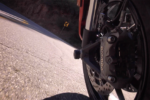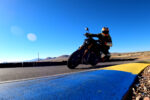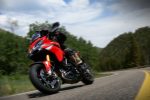The Most Dangerous Riding Season
Most riders assume winter is the most dangerous time to be on a motorcycle. Ice, snow, and freezing temperatures certainly sound like a recipe for disaster. However, the statistics tell a different story. The most dangerous season for motorcycle riders is autumn.
Across the United States, more than 72 percent of drivers live in states where fall produces the highest crash damage of the year. In 39 states, nearly 80 percent, fall sees more crashes than winter. This pattern also appears across the UK, Europe, and Canada. After the seasonal clock change, evening collisions increase sharply. In the UK, the rise can be as high as 60 percent.
The surprising part is that autumn also offers some of the best riding weather of the year. Cooler temperatures, vibrant colors, strong engine performance, and comfortable gear make the season very appealing. Unfortunately, those same conditions quietly increase risk in ways many riders do not immediately notice.
This guide explains why fall is the most dangerous riding season and what you can do to stay safe without giving up some of the best rides on the calendar.
Why Fall Riding Is So Hazardous
Autumn creates a perfect combination of lower traction, reduced visibility, unpredictable conditions, increased wildlife activity, and a change in rider behavior. Together, these factors increase the likelihood of motorcycle crashes more than any other season.
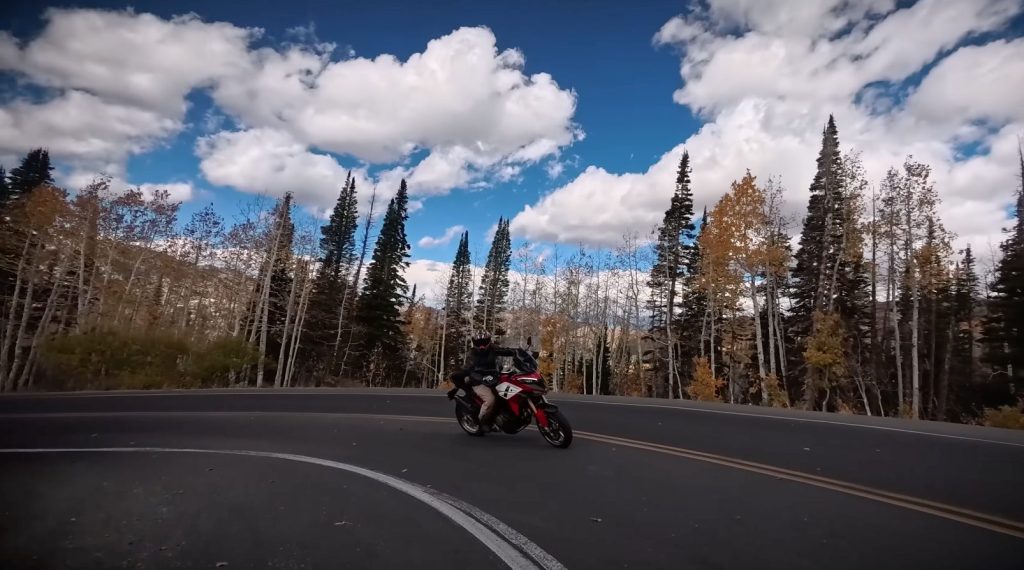
In this article, we break the risks into four main categories:
- Road surface changes
- Environmental and visibility challenges
- Mechanical and equipment limitations
- Rider behavior and decision making
Road Surface Conditions in Autumn
The first major change happens at the pavement level. Cooler air and weaker sunlight prevent the road from warming the way it does in summer. Cold pavement provides less grip and removes heat from your tires, reducing traction even further.
Cold Tires and Reduced Grip
Most motorcycle tires reach proper traction only when the rubber temperature reaches approximately 140 to 160 degrees Fahrenheit, or 60 to 70 degrees Celsius. In autumn, tires warm slowly, especially on shaded or higher-elevation roads. Cold tires feel stiff, offer less feedback, and lose traction more easily.
Leaf-Covered Roads

Leaves are one of the most common fall hazards.
- Wet leaves can be as slippery as ice.
- Dry leaves hide gravel, tar snakes, cracks, and damp patches.
- Leaf piles often conceal deep road defects or debris.
A small patch of leaves can quickly overwhelm your available grip.
Frost, Shadows, and Black Ice
Moisture behaves unpredictably in fall. Shaded corners may remain wet all day. Bridges frost earlier than expected. Early morning temperatures can create thin, nearly invisible black ice.
Even when the air feels mild, the pavement may still be cold enough to reduce traction.
Tar Snakes and Road Treatments
In summer, tar snakes are soft and tacky. In autumn, they harden and become slick, especially when wet. Some regions also apply early salt or de-icer, and these materials often collect in braking zones or on the outside of corners.
Fall Riding Tip:
Ride with smoother inputs, look farther ahead, and assume the surface may not match what you experienced earlier in the season.
Environmental and Visibility Challenges
Autumn changes light quality more than any other season, and visibility is one of the top contributors to motorcycle crashes.
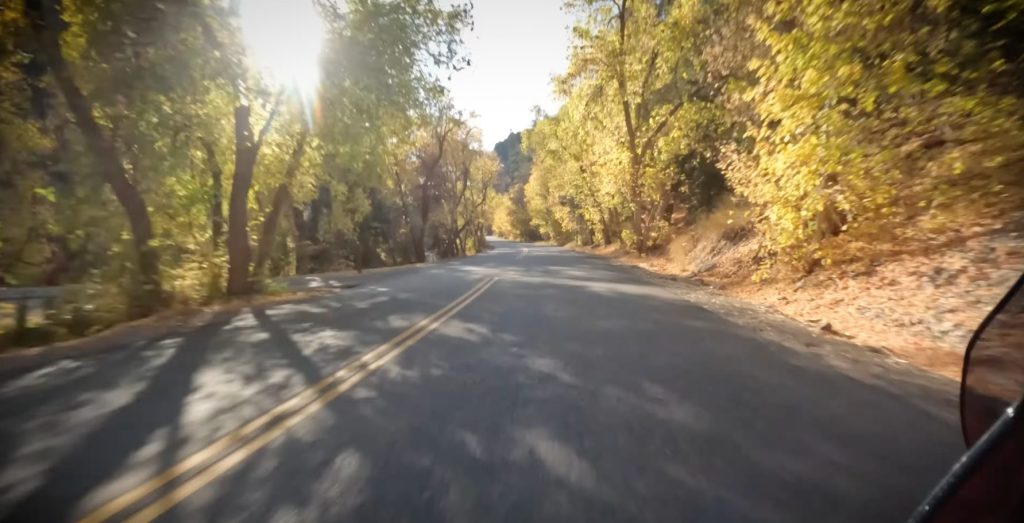
Low Sun and Glare
The sun sits much lower during morning and evening commutes. This creates severe glare that can blind you and, more importantly, oncoming drivers. A simple rule of thumb is helpful here. If you can see your shadow in front of you, the driver approaching you may not be able to see you at all.
Light and Shadow Alternation
Canyon and mountain roads often produce a rapid sequence of bright sunlight and deep shadows. This pattern makes it difficult to judge speed, distance, and the radius of upcoming corners.
Fog and Sudden Visibility Drops
Elevation changes can bring sudden fog, visor condensation, or hazy mirrors. Visibility can shrink very quickly and often without warning.
Increased Wildlife Movement
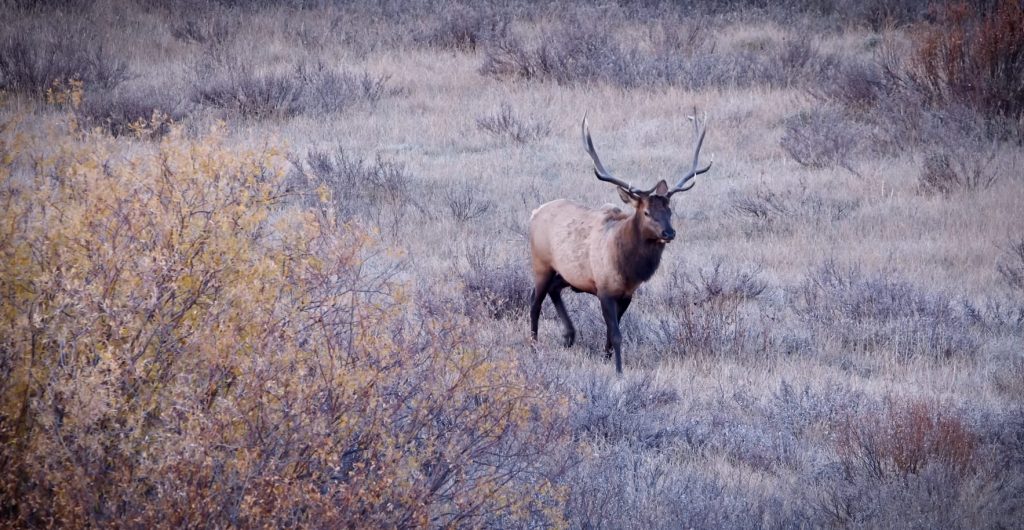
Autumn is mating season for deer, elk, moose, and other wildlife. Animals are more active, more distracted, and more likely to cross roads. Nearly half of all deer-related collisions occur between October and December. These numbers rise even more after the clock change, when dusk arrives earlier.
Cold Wind Gusts
Mountain winds can switch from calm to strong in seconds. A sudden crosswind during a lean can push a rider off line and increase panic responses.
Mechanical and Equipment Factors
Cooler weather does not just affect you. It affects your motorcycle as well.
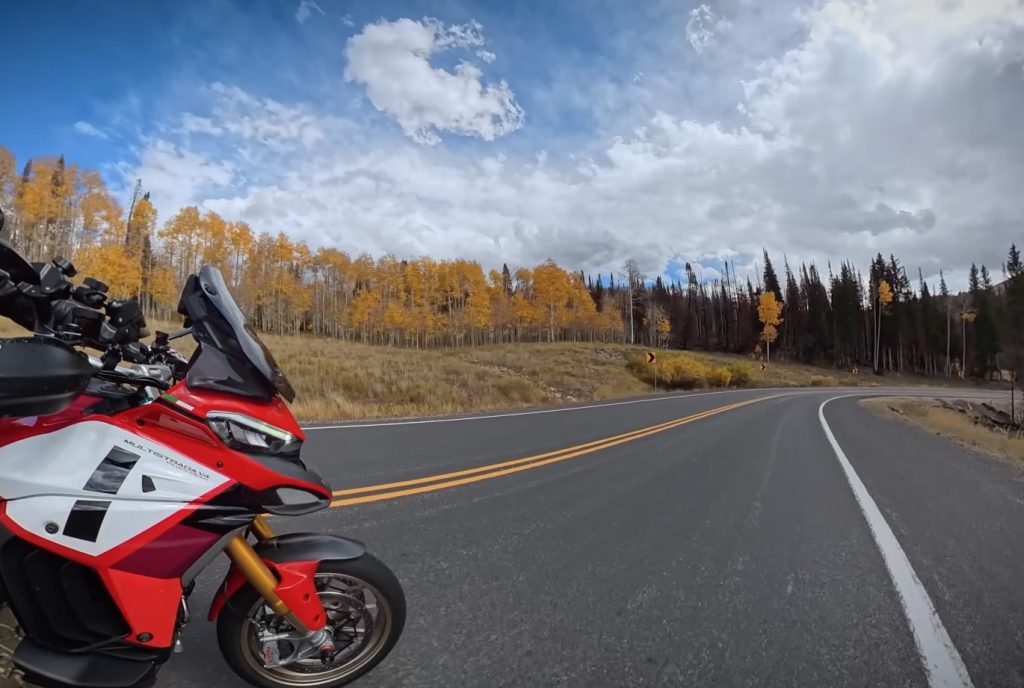
Lower Tire Pressure
Tire pressure drops roughly one PSI for every ten degrees Fahrenheit. Incorrect pressure further reduces stability and slows the tire’s ability to reach a proper operating temperature.
Cold Lubricants and Slow Response
Cool air thickens oil and chain lubricant. Your engine may feel heavy. Throttle response may feel slower. Chains may develop more drag and need more frequent cleaning.
Weak Batteries
A battery that seemed fine in summer may struggle as temperatures drop.
Visor Trouble
A tinted visor that worked well at noon can become dangerous at 5 p.m. as the sun sets earlier. Carry a clear visor or use a photochromic shield that adapts to changing light.
Rider Behavior and Human Factors
One of the biggest risks in fall has nothing to do with the road or the motorcycle. It is rider psychology.
Late-Season Overconfidence
After a full summer of riding, many riders feel sharp and confident. However, the environment has already changed. Grip levels are lower, daylight is shorter, drivers are more distracted, and animals are more active. Confidence remains high while traction quietly decreases.
“One Last Ride” Mindset
Many riders try to squeeze in a final canyon ride before winter. This leads to pushing harder at the exact time when conditions are least forgiving.
Drivers Expect Fewer Motorcycles
As motorcycle traffic decreases, drivers become less aware of us again. We become an unexpected obstacle rather than a normal part of traffic.
Distraction
Drivers are often admiring fall scenery, dealing with glare, or commuting in low light. Their attention is divided, and motorcycles become harder to notice.
How to Ride Safely in the Fall
To reduce risk and enjoy safe autumn riding, consider the following practices:
- Warm tires with steady acceleration and controlled braking.
- Avoid weaving to create heat. It does not work.
- Treat every corner as unknown and expect mixed traction.
- Slow your inputs and give yourself more time to react.
- Use a clear or adaptive visor for low-light conditions.
- Avoid peak wildlife activity at dawn and dusk.
- Reduce speed in canyons with alternating light and shadow.
- Understand that drivers may not see you when the sun is low.
Final Thoughts
Autumn does not need to be a dangerous riding season. It simply demands a higher level of awareness and adaptability. When you understand how fall affects traction, visibility, wildlife, and your own decision-making, you are already halfway to safer, more enjoyable rides. The rest comes from adjusting your habits to match the conditions.
If you want to sharpen your fall riding skills even further, your next step is to learn what to do when you enter a corner too fast. Many riders eventually face that situation, and knowing how to respond can prevent a minor mistake from becoming a serious crash.
